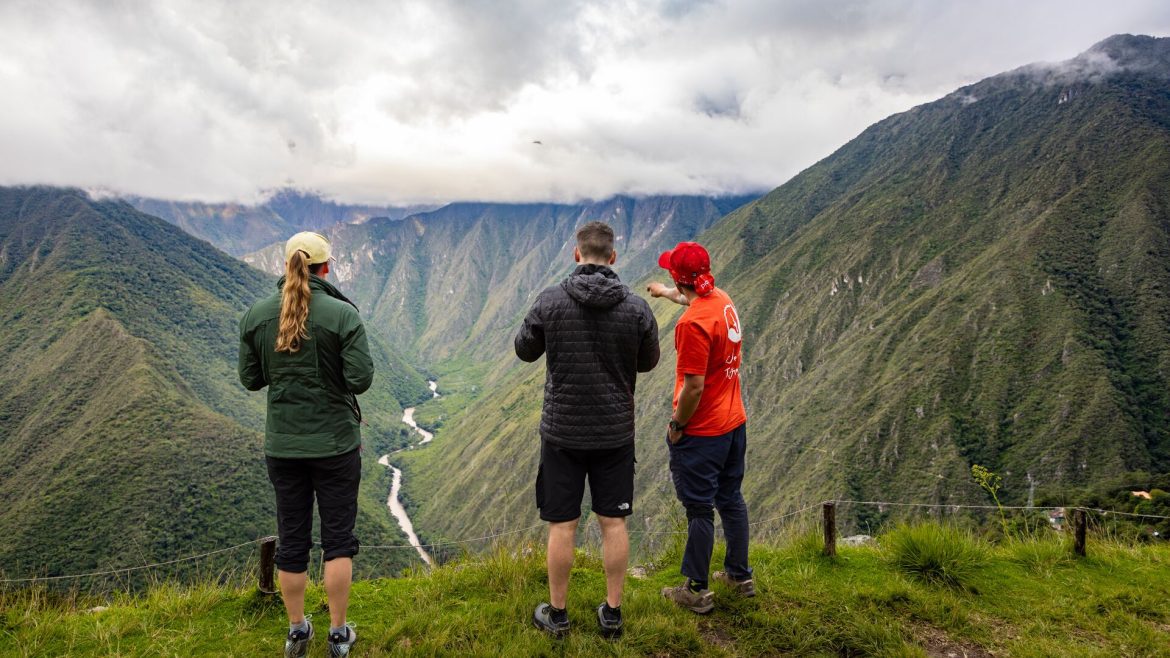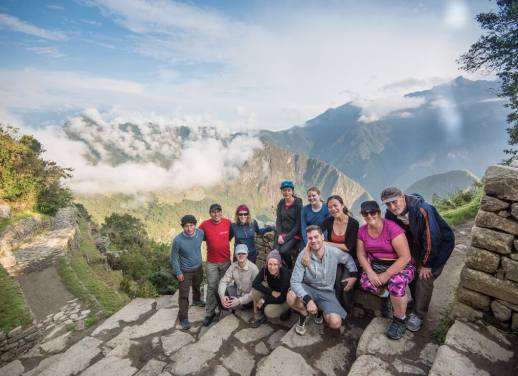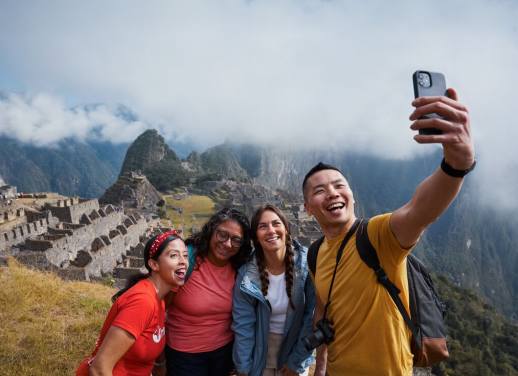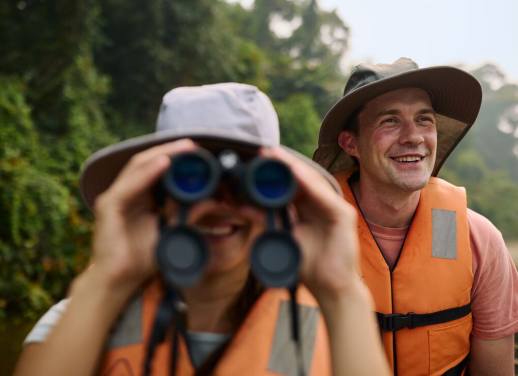Hiking the Inca Trail to Machu Picchu was a once-in-a-lifetime experience for Intrepid traveller Jen Welch – but it didn’t come without its challenges. She shares the things she wishes she’d known to help her prepare for the adventure.
The Inca Trail was truly unforgettable. But I’d be lying if I said it wasn’t a struggle at times. However, like most challenges, once you get to the other side, the memories (and the blisters) fade with time and you only remember the good bits.
If you’re gearing up for the Inca Trail, I’ve rounded up a list of things you should know to get the most out of your trek.
1. Get clued up on altitude sickness
The average elevation of the Inca Trail is 3000 metres, but the highest point – Dead Woman’s Pass – reaches 4215 metres. Even if you’ve trekked at these heights before, it’s important to educate yourself on altitude sickness, the symptoms and how to avoid it. Check in with your doctor, especially if you have any pre-existing health conditions, and be aware of any side effects from prescribed medication – like tingling in your fingers and toes or needing to pee more frequently.
Along the trek, you’ll probably be offered a cup of mate de coca (coca leaf tea). Locals swear by it as a natural remedy, and in rural areas you’ll see people chewing the leaves to ameliorate the effects. It doesn’t taste fabulous – it has a slightly bitter flavour, a bit like green tea – so you might like to add honey.
2. Keep tabs on your appetite
High-altitude trekking can slow down your digestion and reduce your appetite. If you’re acclimatising well, then this won’t last long. But even if it does, it’s worth eating more than you think you need to. Our trekking crew included guides, porters and professional cooks – and let’s just say we were very well fed with three hot meals a day and a solid supply of trail snacks. If you have any go-to chocolate bars or cookies, bring those too.
Read more: The joy of seeing Machu Picchu with the descendants of its builders
3. Stay hydrated
Drink lots. Then drink some more. When you’re walking through subtropical forests and up steep mountain passes, you’re going to get sweaty, so you need to replace those fluids. Staying hydrated also helps reduce your risk of altitude sickness. Bring a reusable bottle or a hydration bladder for your day bag – our Intrepid trekking guides provided a daily supply of boiled water to refill on the go. You might also want to bring a few electrolyte sachets to replenish salts and minerals.
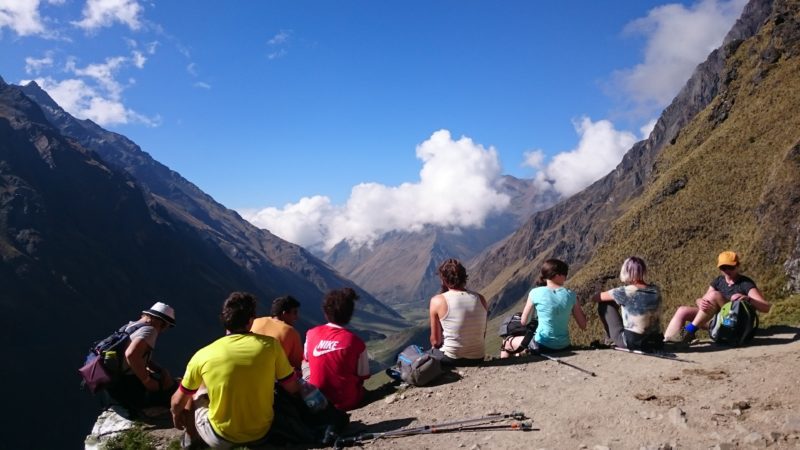
4. Dress for all seasons
As you gain altitude, the weather gets more extreme. In one day, you can experience everything from a freezing chill upon waking to glaring sunshine in the afternoon. Even if it’s overcast, you’ll work up a sweat. The answer to this? Layers.
For nighttime, bring thermal base layers, a fleece or down jacket, a hat, scarf and a pair of gloves – there are plenty of stalls in Cusco where you can pick up warm alpaca wool gear. When you set off in the morning, wear a t-shirt over your base layer and a waterproof and windproof jacket. As you emerge from the shade into the open plains, you’ll be peeling everything off. At this point, take your sunhat out and slather on the sun cream and lip balm – the Andean sun is strong, so aim for at least SPF 30.
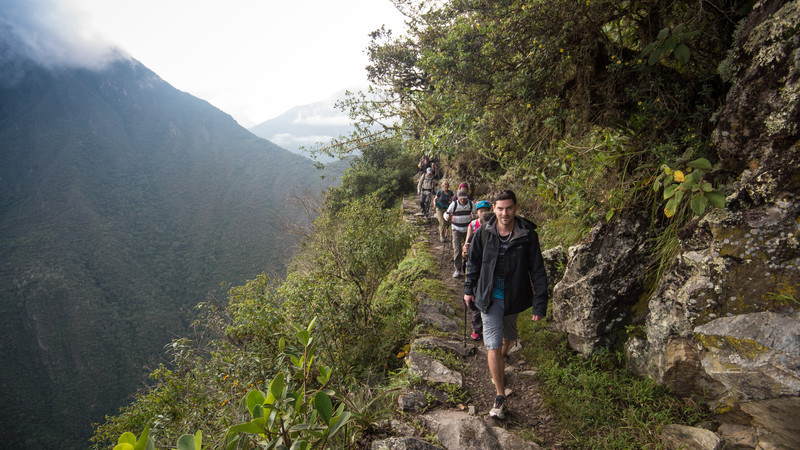
5. Bring trusty hiking boots and sandals
Of course, you’ll need a pair of well broken-in hiking boots (and I mean it when I say well broken-in – my friend lost four toenails from boots she hadn’t worn enough before the hike). But something I wish I’d known is how good it feels to kick your boots off when you arrive at camp. Pack flip flops or light sandals to slip on over socks (yep, sandals with socks, I said it) to let your feet breathe.
On the point of socks, bring a few extra pairs. Don’t be thinking you can reuse the same pair, as they’ll be stinky, and slipping your feet into fresh socks in the morning is just a much better way to start the day. Also, don’t forget a lightweight wash bag to separate your sweaty socks and clothes from your clean stuff.
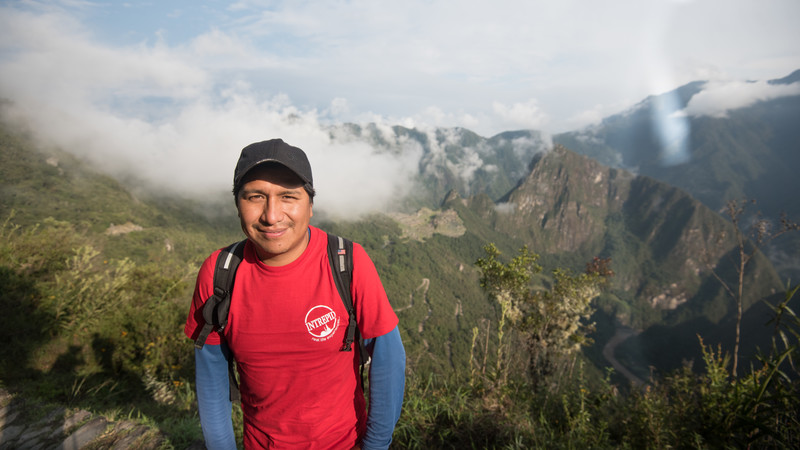
6. Prepare to be humbled by your porters
Your Inca Trail porters are probably the strongest people you’ll ever meet. While you’re huffing and puffing your way along the trail and congratulating yourself for reaching the lunch spot without collapsing, the porters will have woken up before you, prepared a killer breakfast, taken down your tents AND carried all the camping gear to the lunch spot before your arrival. They’re superhuman.
Don’t forget to bring cash to tip your porters at the end of the trek. Tips are usually divided into envelopes – one per porter, guide and assistant guide – so small bills make things easier.
Read more: 9 facts you might not know about Machu Picchu
7. Keep bug spray handy
Don’t make the mistake I did in assuming that just because you’re high in the Andes, there won’t be any mosquitos. There are SO many mosquitoes up there, especially after rain. Spritz your skin with bug spray before you set off and make sure you have easy access to it in your day bag for top-ups.
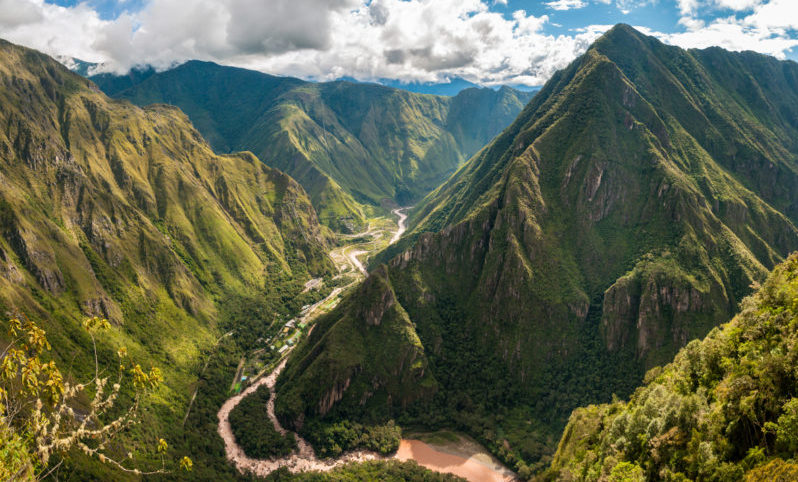
8. Take the time to train
You don’t have to be an Olympian to do the Inca Trail, but you should be somewhat fit. Do some training hikes, befriend the stair climbing machine at the gym and give yourself plenty of time to build up your stamina and strength.
9. Book ahead of time
If you’re dead set on doing the Inca Trail, try to lock it in as soon as possible. Peruvian authorities limit the number of permits in order to maintain and protect the route, so it usually books up around six months in advance.
However, if you miss out on the Inca Trail, remember you can also get onto the Quarry or Salkantay trails. While these treks don’t end at the famous Sun Gate (the Inca Trail is the only route that offers this), they see a fraction of the foot traffic and you don’t need a permit, so there’s not as much urgency to book. The scenery is also meant to be just as impressive.
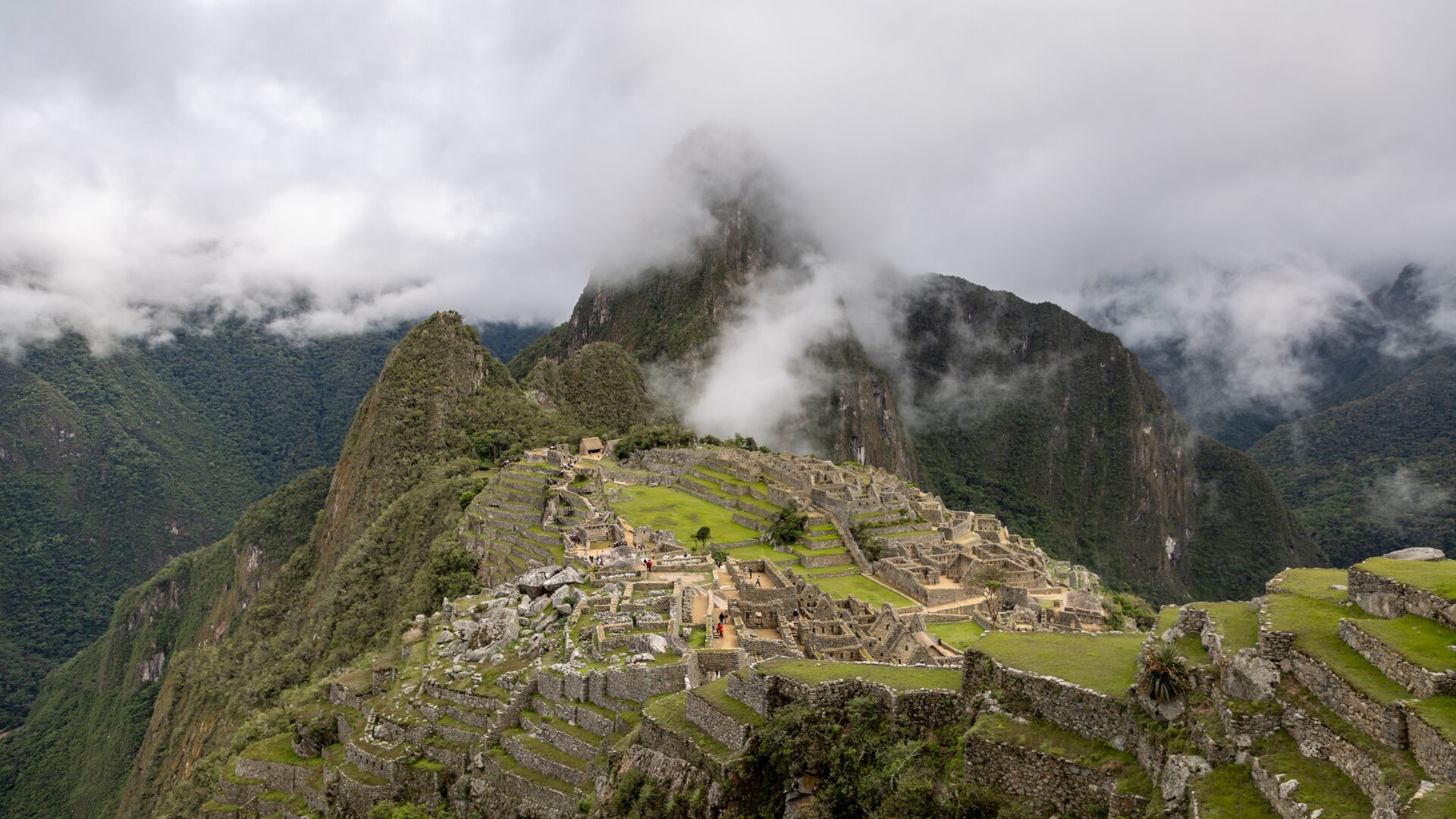
10. The views are indescribable
This requires little explanation, and it’s not really advice, but do brace yourself to be so in awe at the top that you’re lost for words. No matter how many photos you take (and please, take as many as you can), they’ll never capture the epicness of this ancient Inca citadel.
Ready for an Andean adventure? Check out Intrepid’s Inca Trail trips.
This article was originally published in May 2022.

